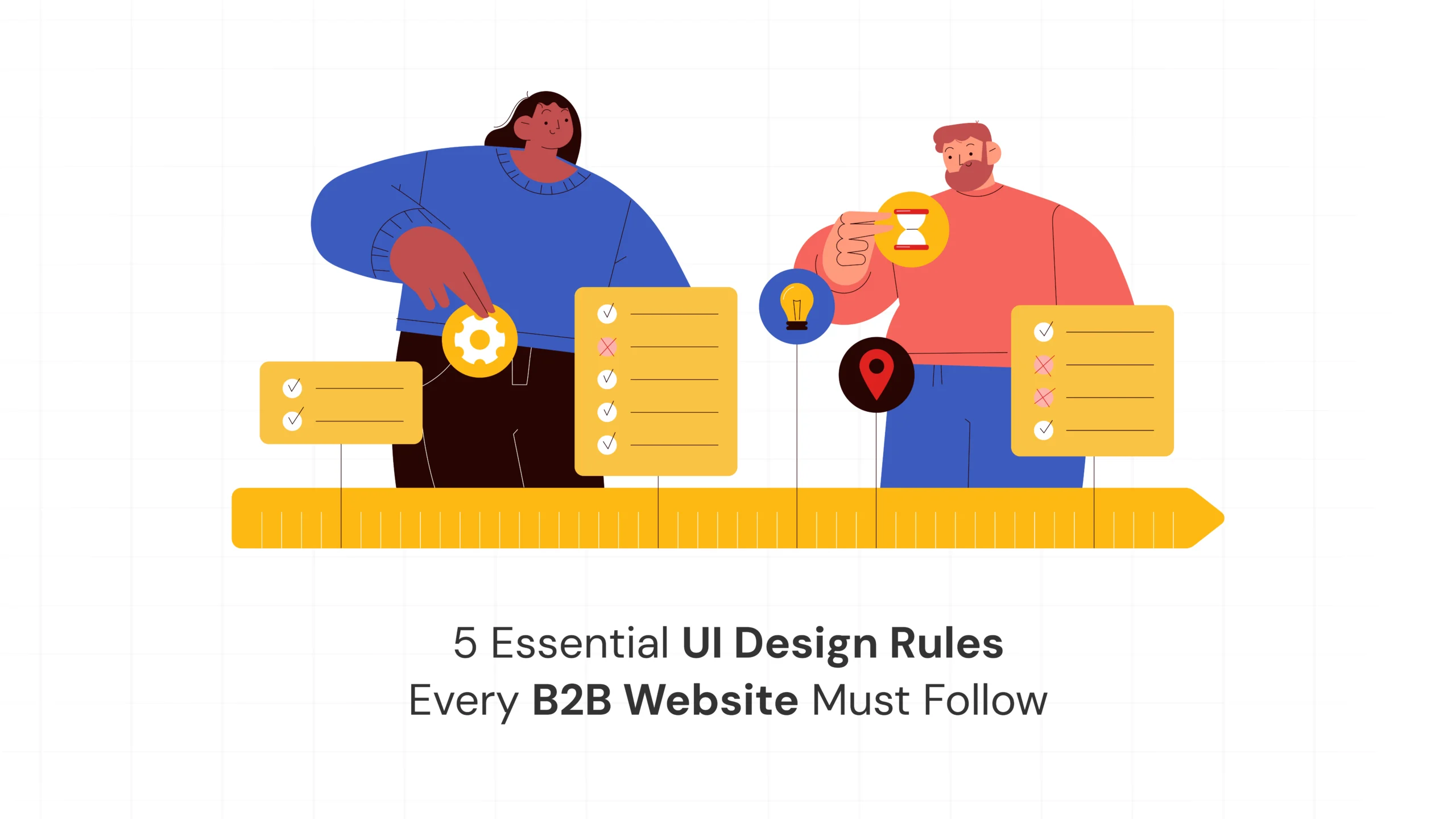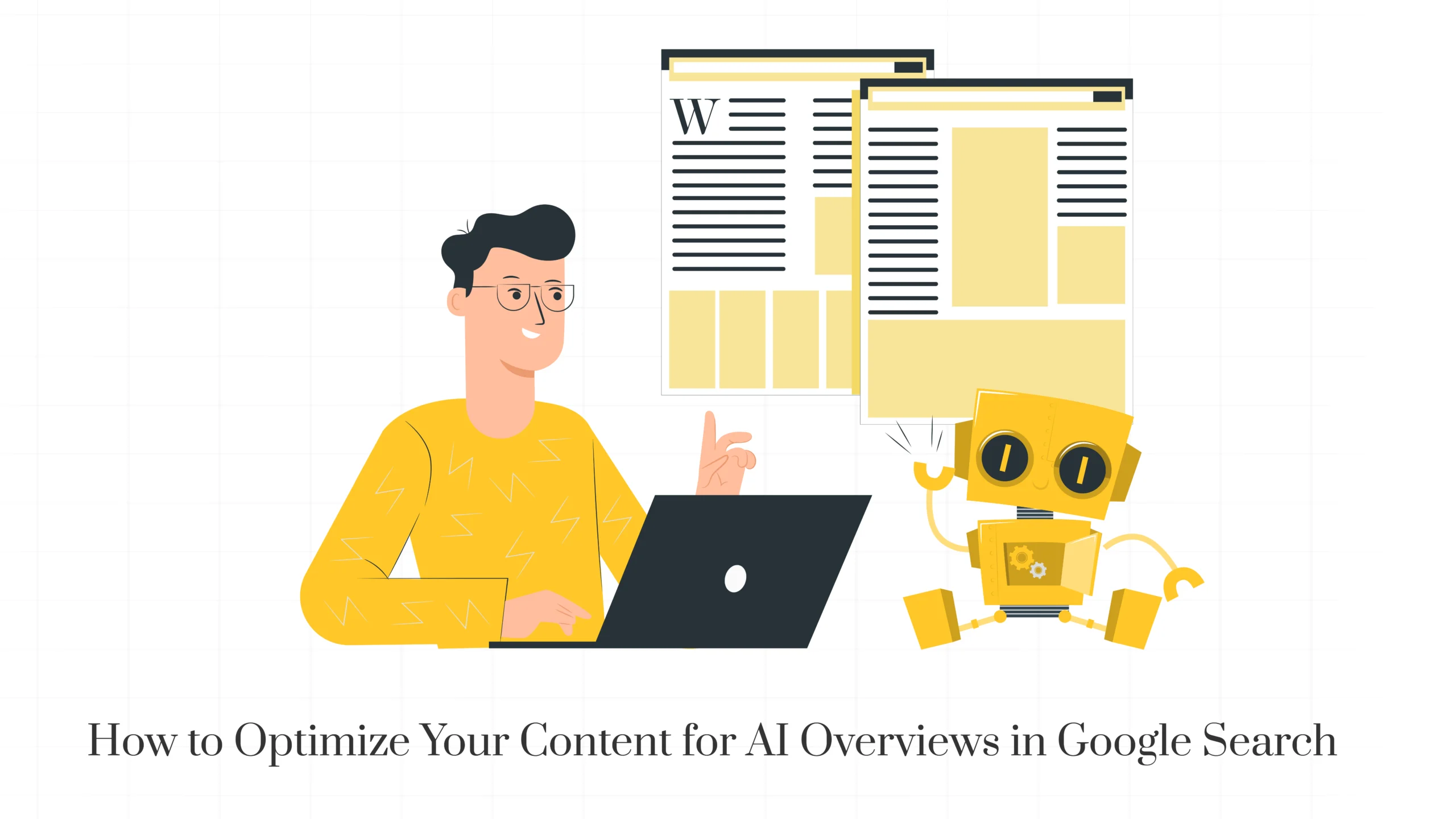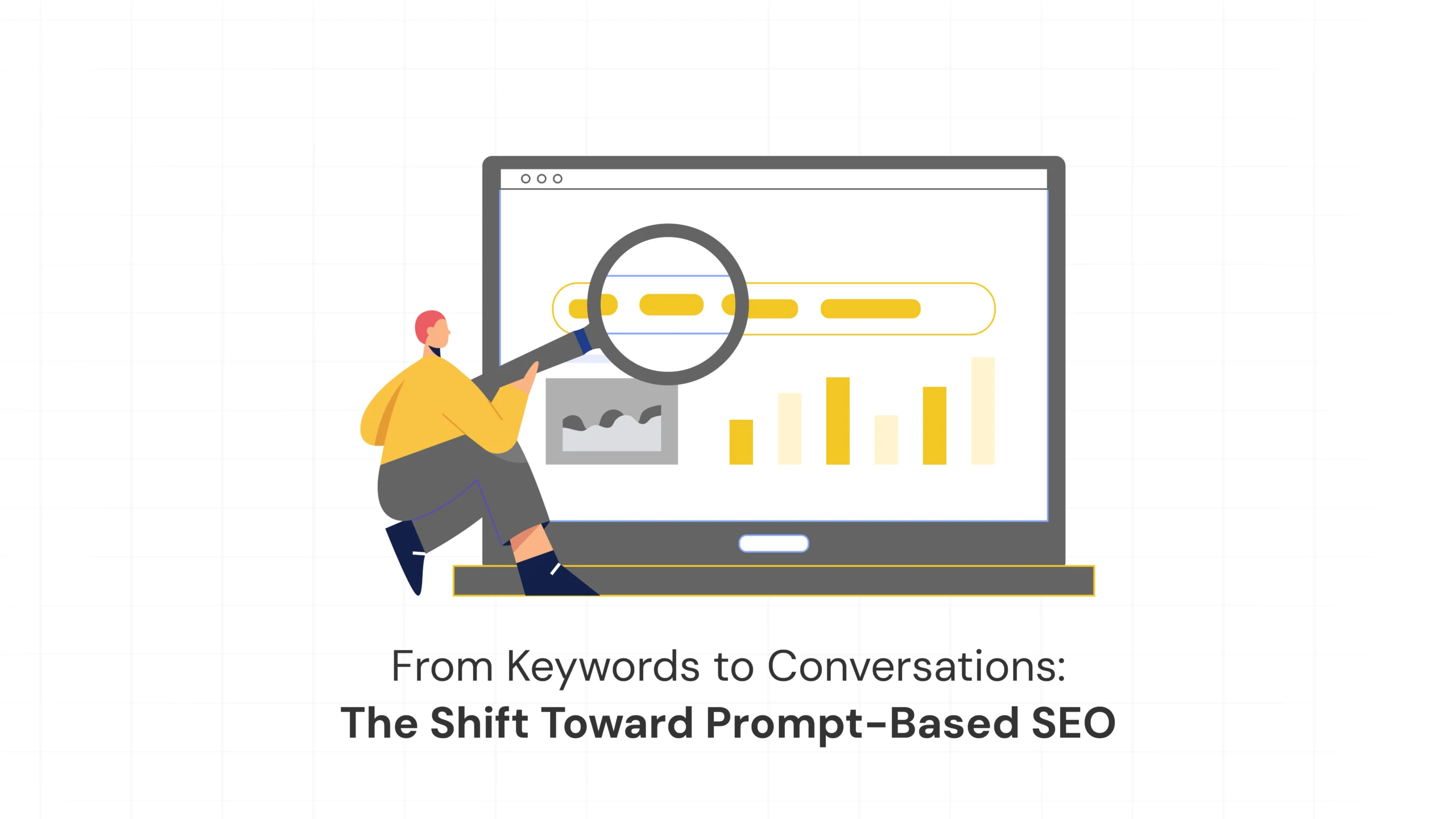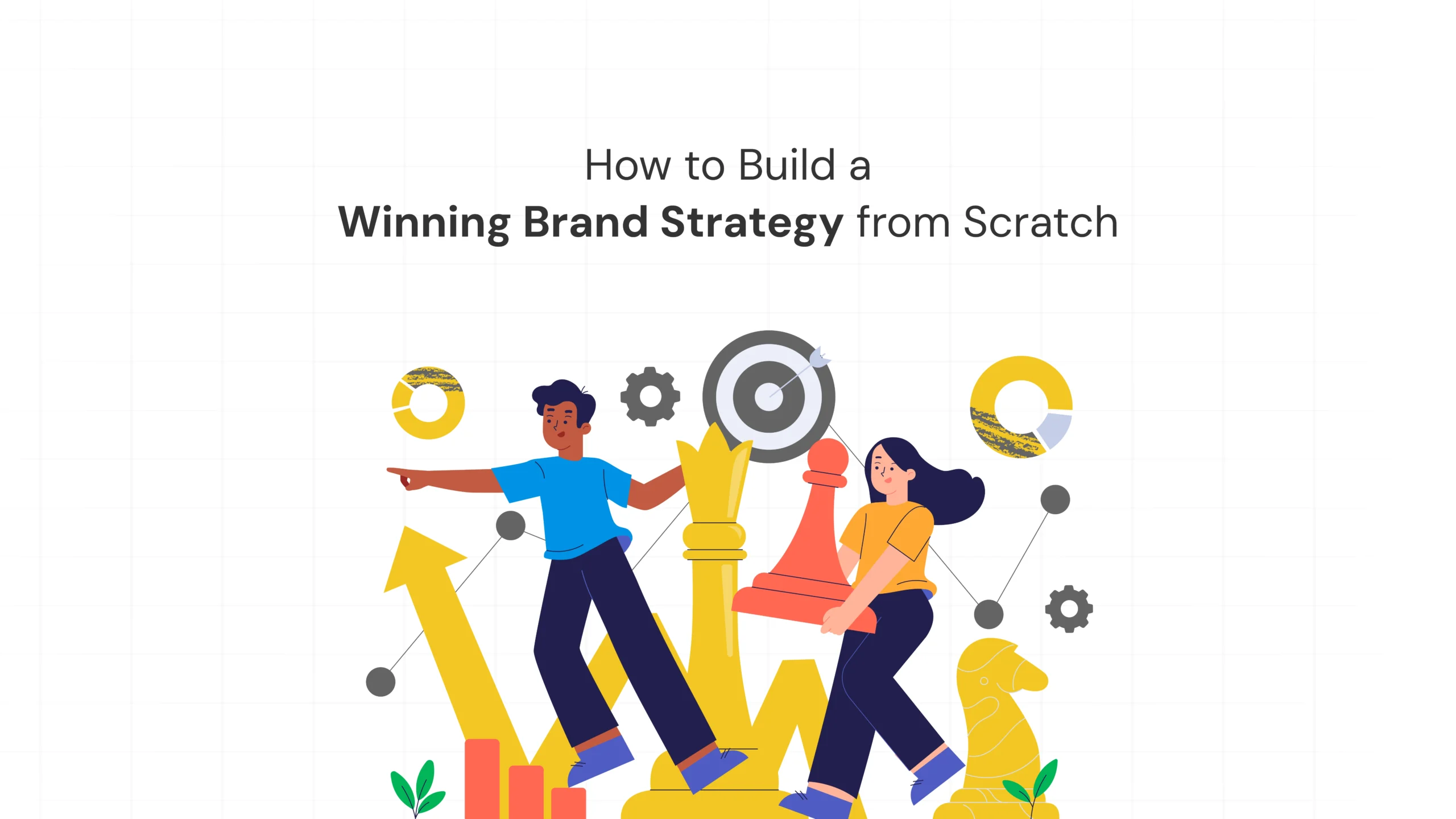
When it comes to the B2B UI design rules, many companies find less known how important the user interface is...

Traditional SEO is no longer just about ranking #1 on the page — it’s about being selected for the AI summary that users see before they even scroll.
Traditional SEO is no longer just about ranking #1 on the page — it’s about being selected for the AI summary that users see before they even scroll.
AI Overviews highlight content that best answers the user’s question clearly and efficiently. So, if your site is providing helpful, structured, and trustworthy information, it has a much higher chance of being featured.
This makes optimizing for AI Overviews a core part of your SEO strategy in 2025, especially for brands looking to build topical authority and capture more organic visibility.
Google’s AI is trained to identify content that satisfies intent, delivers clarity, and offers trustworthy insight. That means it often favors content that includes:
Unlike featured snippets that rely on specific markup, AI Overviews pull from multiple sources. So your content must demonstrate value on its own — without relying on metadata alone.
Users are asking real questions like:
You don’t need to force these in a Q&A format. Instead, embed answers where they make sense in the flow of your writing.
For example:
To optimize for AI Overviews, start by focusing on user intent. Structure your answers with clarity, support them with relevant examples or evidence, and keep your language natural — not robotic.
This satisfies multiple potential queries while keeping your content engaging.
AI Overviews pull content that’s easy to scan. Use:
Structured content helps both users and AI understand your main points quickly — which increases your chances of being featured.
Use your primary keyword — easy pasta recipes — around 6 times, and your secondary keywords — quick weeknight dinners and best pasta dishes — around 5 times each. But don’t overdo it.
Instead of repeating the same terms, use variations and long-tail phrases like:
Semantic variation helps your page feel natural while signaling relevance to AI systems.
There’s no official checklist, but content that gets pulled into AI Overviews tends to share these characteristics:
Feature | Why It Helps AI Select Your Content |
Clear, structured formatting | Easy to summarize and scan |
Factual and specific answers | Improves trust and relevance |
Conversational tone | Aligns with AI’s natural language model |
Real-world examples or insights | Shows experience and expertise |
Topical depth and internal context | Helps AI understand full subject scope |
If you’re writing a guide about SEO strategy in 2025, for instance, linking to related pages or topics (like technical audits or content frameworks) helps reinforce your page’s authority.
To be featured in AI Overviews, your content needs more than just good formatting — it needs to demonstrate Experience, Expertise, Authoritativeness, and Trustworthiness (E-E-A-T).
This doesn’t mean you need to be a big brand. It means your content should reflect:
In short, write like a human with something valuable to say — not like a content bot chasing keywords.
Search has evolved — and your SEO strategy should, too.
Rather than optimizing solely for traditional rankings, your 2025 SEO strategy must also focus on earning visibility within AI Overviews. But don’t overthink it — the foundation remains the same.
Basic SEO practices like understanding user intent, structuring content well, and maintaining quality are still your core tools. You don’t need a completely separate strategy for AI Overviews — just a refined one.
Think like both a human and a machine:
Getting featured in AI Overviews isn’t about gaming the system — it’s about sticking to solid SEO principles and creating genuinely useful, findable content that answers people’s questions better than anyone else.
Ready to future-proof your SEO strategy?
Partner with Kavinu to stay ahead in the AI-driven search landscape. Learn more about us , or contact our team to get started today.
Focus on intent-driven writing, structured formatting, and natural language. Start with direct answers, use subheadings and lists, and make sure your content is genuinely helpful.
In SEO, optimizing for AI means creating content that’s easy for machine learning systems to parse and summarize. It involves clarity, structure, and contextual relevance.
You can’t force AI Overviews, but you can increase the chance by aligning your content with how AI selects information — through helpful writing, semantic coverage, and authority-building.

When it comes to the B2B UI design rules, many companies find less known how important the user interface is...

The field of search engine optimization is changing drastically. The days of relying only on backlinks and keyword density to...

Creating a brand strategy from scratch is more than a logo or tagline. It’s about creating a meaningful story, values,...